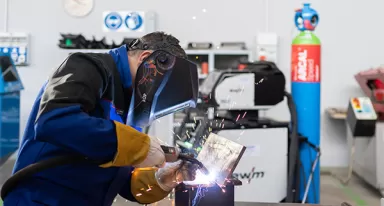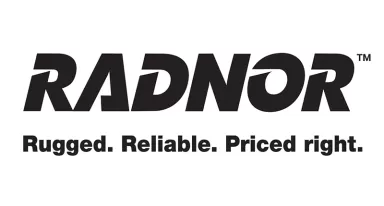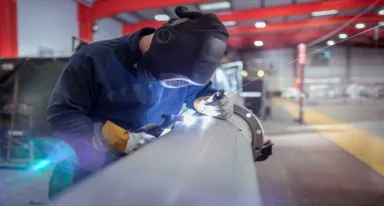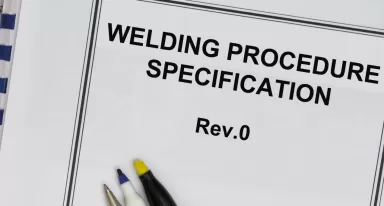What is the difference between brazing and welding?
Brazing and welding are two processes used to join materials in various industrial and craft sectors, such as plumbing (pipes and fittings).
Reading time: 2 min
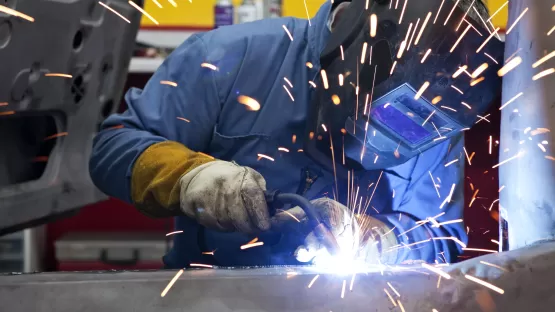
Industrial welding is an operation that joins parts to be welded.
A weld is achieved by melting the materials (base metal) and the filler metal in most processes (flame, TIG, MIG/MAG). High temperatures correspond to the metals' melting point.
Brazing is a joining operation that is achieved by melting a filler metal (for example, silver or tin-based) without melting the base metal. The melting point of the filler metal must therefore be at a lower temperature than that of the base metal.
Did you know? Welding is commonly used to join metal parts. The term "welding" is used to define the process, and "weld" refers to the product or result of the welding process. Similarly, the process is called brazing, and the result is called soldering.
There are several types of brazing: soft soldering and brazing. Brazing requires melting temperatures ranging from 600°C to 1000°C, while in soft soldering, the filler metal melts at less than 450°C.
In welding and brazing, the main objective is to achieve the best possible mechanical performance.
Especially for brazing, the molten filler metal must be in perfect contact with the base metal. It is distributed first by capillary action, promoted by heating the metal parts to be joined, and then by diffusion. Particular attention must therefore be paid to preparation work and surface finish.
Air Liquide, a world leader in industrial gases, has a deep understanding of the differences between welding and brazing. Our experts can advise you on the choice of gases, rods, and filler metals to achieve high-quality welding (TIG welding and other processes) or brazing (torch welding), while taking your needs into account.
Do you have any questions about the difference between brazing and welding?
Discover our solutions
Do you have any questions about the difference between brazing and welding?
Please complete our contact form below and we'll come back to you as soon as possible.
More information
ISO14175 compliant welding gases
Frequently Asked Questions:
How to choose which gas to use in MIG or MAG?
What is the difference between the MIG and MAG welding processes?
What is the difference between brazing and welding?
How to adjust the gas flow when welding?
